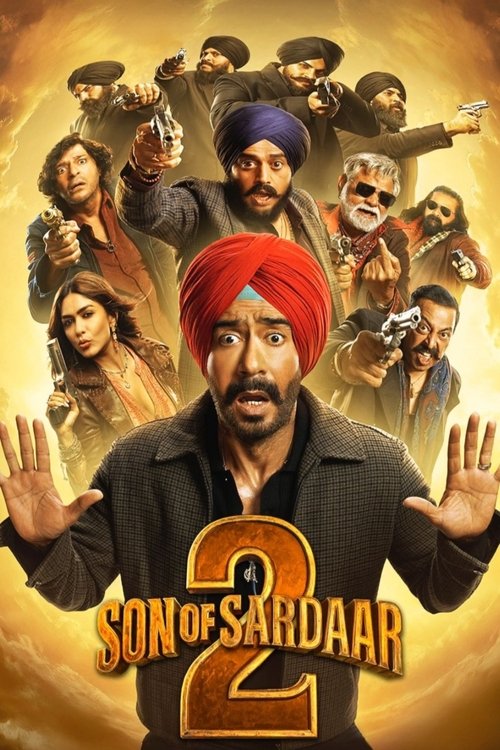Released in the year 2000, Bawandar (translated as Sandstorm) is a gripping Indian drama film directed by Jag Mundhra. Based on true events, the movie dives into the harsh realities of caste-based violence, gender oppression, and systemic injustice in rural India. Starring Nandita Das in a powerful lead role, the film blends social commentary with raw storytelling. While not easy to watch due to its intense subject matter, Bawandar leaves a lasting impact by shedding light on the struggles of marginalized communities. This review explores the film’s strengths, weaknesses, and why it remains relevant even today.
Table of Contents
2. Plot Summary
Set in Rajasthan, Bawandar follows the life of Sanwari (Nandita Das), a spirited woman working as a social worker to eradicate child marriage in her village. Her efforts to empower young girls anger the village patriarchs, leading to a brutal act of retaliation. The story chronicles Sanwari’s fight for justice against a broken system that protects perpetrators and silences victims. Without revealing spoilers, the film portrays her journey from hope to despair and resilience, highlighting societal apathy and corruption.
3. What’s Good?
Powerful Performances
Nandita Das delivers a career-defining performance as Sanwari. Her portrayal of pain, anger, and vulnerability feels painfully real. Supporting actors like Raghuvir Yadav (as her husband) add depth to the narrative with their grounded acting.
Bold Direction
Jag Mundhra’s direction is unflinching. He avoids melodrama, opting instead for a documentary-like realism. Scenes of violence and discrimination are portrayed without filters, making the audience uncomfortable but forcing them to confront harsh truths.
Authentic Setting
The cinematography captures Rajasthan’s arid landscapes, reflecting the bleakness of Sanwari’s world. The use of natural light and local dialects enhances authenticity.
Music & Dialogues
The minimalist background score amplifies the film’s emotional weight. Dialogues, often in the local Marwari language, are sharp and impactful. For instance, Sanwari’s defiant line, “Zulm ki aandhi mein bhi, insaaf ka diya bujhta nahi” (In the storm of oppression, the lamp of justice isn’t extinguished), stays with viewers.
Social Relevance
The film’s themes—gender violence, caste hierarchy, and judicial failure—remain disturbingly relevant. It serves as a mirror to society’s flaws.
4. Strengths and Weaknesses
Strengths
- The film’s courage to tackle taboo subjects head-on.
- Nandita Das’s acting elevates the narrative.
- Realistic portrayal of rural India’s socio-political dynamics.
Weaknesses
- Pacing issues in the second half, where the story feels repetitive.
- Limited character development for antagonists, reducing their menace.
- Graphic scenes of violence, while necessary, might overwhelm sensitive viewers.
5. Target Audience
Bawandar is for viewers who appreciate socially conscious cinema. It’s ideal for audiences interested in human rights issues, feminist narratives, or real-life inspired dramas. Not recommended for those seeking light-hearted entertainment.
6. Box Office Details
Budget: Made on a modest budget of ₹3.5 crore (approx.), the film prioritized storytelling over commercial elements.
Box Office Performance:
- Worldwide Collection: ₹8.2 crore (approx.). The film performed decently in niche markets but struggled in mass-dominated circuits.
- India Day-wise Earnings:
- Day 1: ₹0.6 crore
- Day 2: ₹0.5 crore
- Day 3: ₹0.7 crore
- Day 4: ₹0.4 crore (weekday drop)
- Day 5: ₹0.3 crore
Overseas Earnings: Limited release in countries like the US and UK, earning ₹1.2 crore over the opening weekend.
The film’s box office run was brief, but it gained traction through film festivals and TV screenings later.
7. Recommendation
Bawandar is a difficult but essential watch. Its unvarnished depiction of injustice makes it a milestone in Indian parallel cinema. Recommended for those who value stories that challenge societal norms.


